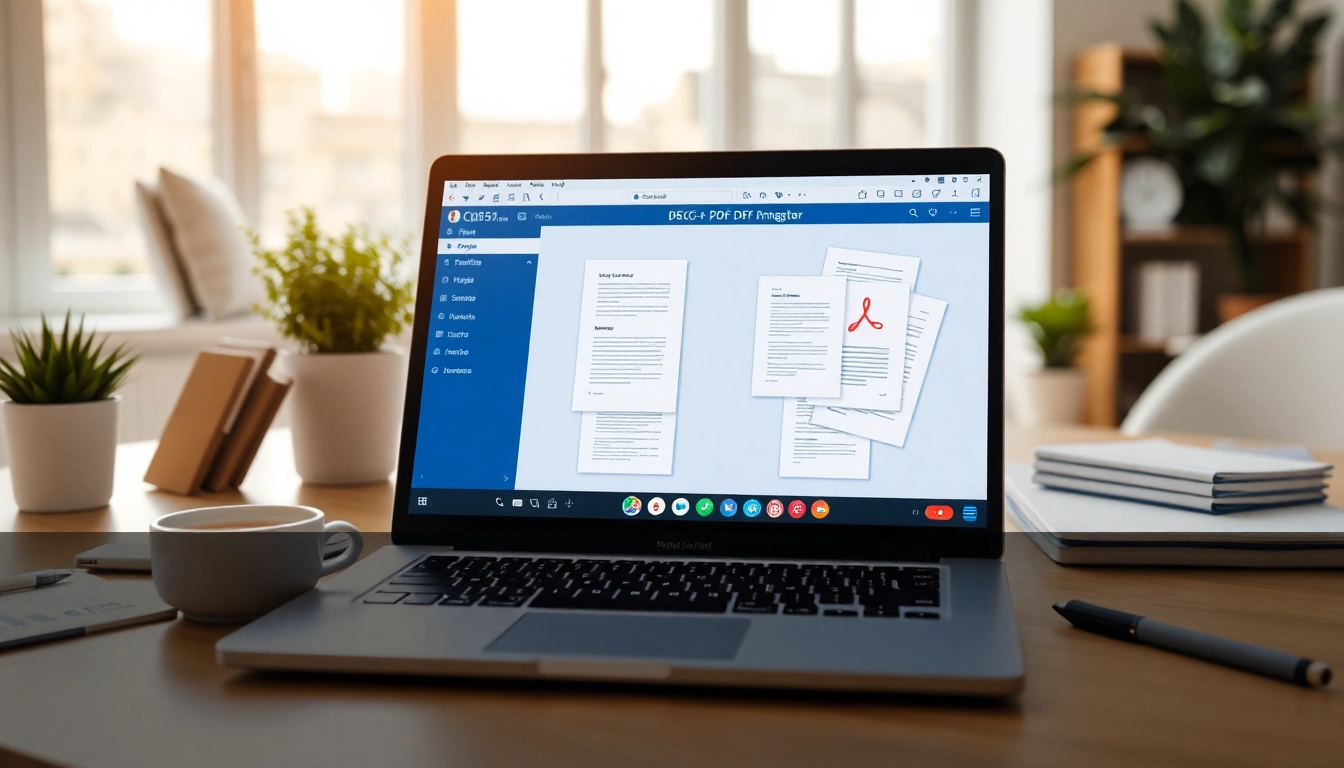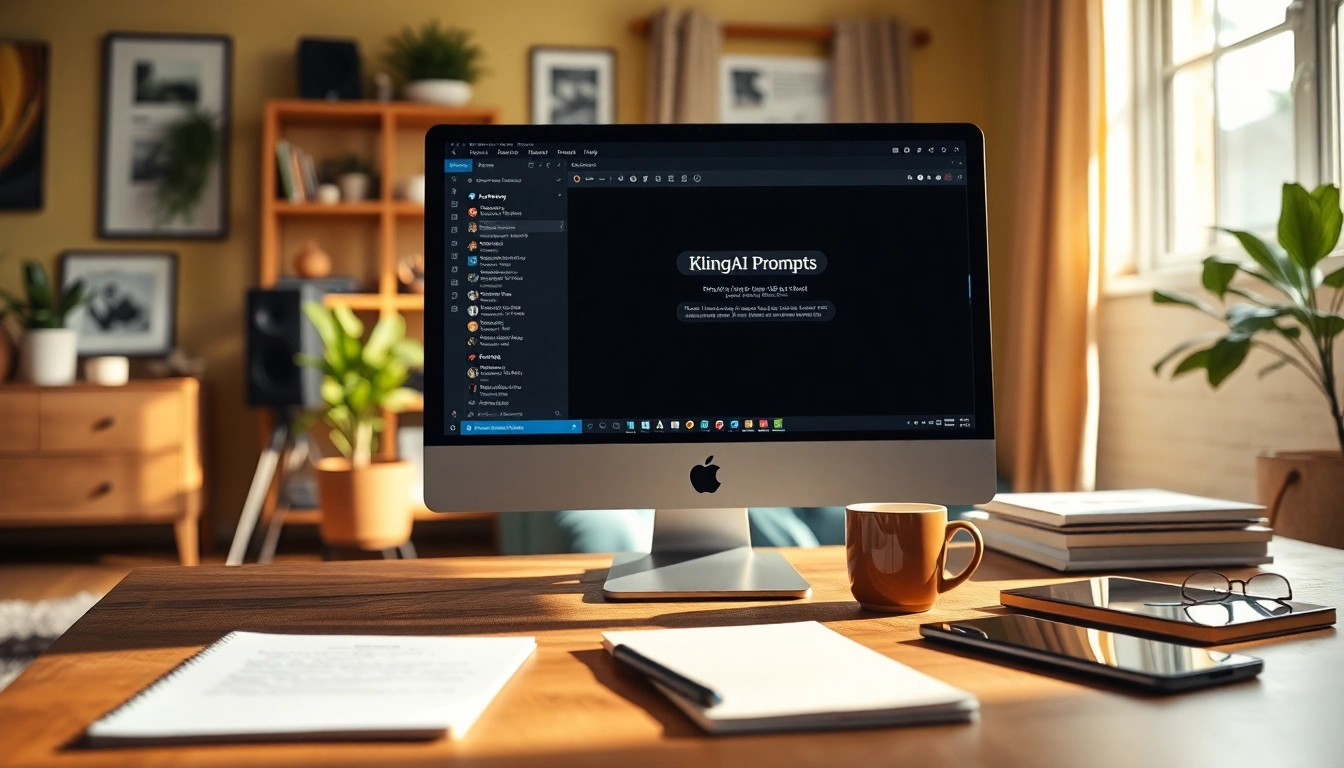Introduction to the Website Screenshot API
In the digital age, having access to accurate and timely web content is critical for businesses, developers, and marketers alike. A powerful tool that can assist in this endeavor is the website screenshot api. This technology empowers users to capture visual snapshots of web pages, providing a variety of benefits that enhance both functionality and user experience.
What is a Website Screenshot API?
A Website Screenshot API is an application programming interface that allows users to capture screenshots of web pages programmatically. Essentially, it enables developers to integrate screenshot capabilities into their applications without the need for manual intervention. By leveraging this technology, businesses can automate the process of capturing and storing web content, making it available for analysis and use at any time.
Benefits of Using a Website Screenshot API
- Automation: Automate the process of capturing web content, saving time and resources.
- Consistency: Generate uniform screenshots across multiple pages, maintaining a consistent visual presentation.
- Flexibility: Capture images in various formats and resolutions suited to specific needs.
- Real-Time Monitoring: Monitor website changes and performance over time, allowing for immediate response to issues that may arise.
- Enhanced User Experience: Provide visual previews in applications, improving user engagement and satisfaction.
Common Use Cases
Website Screenshot APIs are versatile tools used in various scenarios, including:
- Web Archiving: Capture and preserve snapshots of web pages over time for historical record keeping.
- SEO Monitoring: Track changes to competitor sites and optimize landing pages based on visual feedback.
- Reporting: Enhance reports with visual evidence of web performance and design.
- Content Verification: Ensure content accuracy on web pages by taking periodic screenshots.
- Marketing Automation: Generate visuals for promotions and campaigns more efficiently.
Understanding How Website Screenshot APIs Work
Technical Overview of API Calls
Website Screenshot APIs typically work through a simple RESTful interface. Users send requests to the API that include the URL of the desired webpage along with parameters to define the screenshot attributes, such as image format (e.g., PNG, JPEG), dimensions, and more. Once the request is processed, the API responds with the requested screenshot, which can then be stored or used as needed.
Supported Formats and Features
Most Website Screenshot APIs support a variety of formats, allowing developers to choose based on their specific use case:
- Image Formats: Common options include PNG, JPEG, and WebP.
- PDF: Some APIs allow for capturing screenshots in PDF format, making it easier to save and share.
- Browser Rendering: Many APIs utilize real browser engines for accurate rendering, ensuring that the screenshots produce the same visual output as what a user would see.
- Viewport Size: Users can specify the dimensions of the viewport to control how much of the page is visible in the screenshot.
- Delay and Timeouts: Parameters to introduce delays allow for the complete loading of dynamic content before capturing the image.
Integrating with Existing Systems
Integrating a Website Screenshot API into existing systems can significantly enhance functionality. Developers can incorporate the API into their web applications, mobile apps, or server-side scripts. This integration can facilitate automated, scheduled screenshots or on-demand captures for user-initiated requests. Detailed documentation provided by the API service typically outlines the integration process, which generally includes authentication, endpoint usage, and error handling guidelines.
Choosing the Right Website Screenshot API
Factors to Consider
When considering a Website Screenshot API, several factors need to be taken into account:
- Performance: API response times are critical; a slow API can hinder user experience.
- Pricing: Evaluate the pricing model to ensure it aligns with your budget and expected usage.
- Quality: Check the quality of screenshots provided by the API, which should reflect the actual web content accurately.
- Support: Reliable customer support can significantly ease the integration process and troubleshoot any issues.
- Documentation: Comprehensive documentation makes it easier to utilize the API fully and troubleshoot when necessary.
Comparative Analysis of Popular Options
While there are various Website Screenshot APIs available, performing a comparative analysis helps in selecting the ideal solution. Consider aspects such as ease of integration, supported features, output quality, and pricing. Reviewing user feedback and case studies highlighting successful implementations can also provide valuable insights to make an informed decision.
Evaluating Performance Metrics
Once you have implemented a Website Screenshot API, measuring its performance is essential. Key metrics may include:
- Response Time: How quickly does the API return a screenshot?
- Success Rate: Percentage of successful screenshot requests relative to total requests made.
- Output Quality: Assessing if the screenshots accurately capture the desired webpage.
- Reliability: Identify any downtime or issues faced while accessing the API service.
Implementing the Website Screenshot API
Step-by-Step Integration Guide
Integrating a Website Screenshot API typically involves a series of structured steps:
- Sign up: Create an account with the API provider and obtain an API key.
- Read Documentation: Familiarize yourself with the API’s documentation, which provides details on endpoints, parameters, and expected responses.
- Setup Authentication: Implement the necessary authentication mechanism in your application using the provided API key.
- Construct API Calls: Build the requests based on your requirements for capturing web pages.
- Handle Responses: Implement logic to process the API’s responses, whether for success or error handling.
- Test Thoroughly: Conduct extensive testing to ensure the integration behaves as expected under various conditions.
Common Challenges and Solutions
During the API integration process, developers may encounter several challenges:
- Network Issues: Ensure robust error handling is implemented to address timeouts or unresponsive API calls.
- Heavy Load: If expecting high traffic, consider load testing to evaluate how the API performs under stress.
- Quality Control: Monitor captured screenshots regularly to ensure quality remains high and valid.
Best Practices for Optimal Results
To ensure optimal results while using a Website Screenshot API, consider these best practices:
- Optimize API Calls: Limit the number of requests to avoid exceeding rate limits or incurring unnecessary costs.
- Configure Settings: Adjust parameters based on your project needs for best performance.
- Incorporate Error Logging: Implement logging mechanisms to capture and analyze any errors that occur during API interactions.
Enhancing User Experience with Screenshots
Impact on Web Design and Marketing
The ability to capture screenshots through an API enhances web design and marketing endeavors significantly. Marketers can use visuals to illustrate points in presentations or reports, while designers can analyze layout variations that may affect user engagement. The dynamic nature of web content can be efficiently monitored, enabling iterative improvements to web pages based on real-time data.
Case Studies of Successful Implementations
Demonstrating the success of the Website Screenshot API through case studies reveals the profound impact it can have on various industries. Companies utilizing this technology have reported increased productivity, improved client communication through visual evidence, and enhanced ability to track competitor movements. The shared experiences of these organizations can inspire other businesses to harness the capabilities of screenshot APIs to further their goals.
Future Trends in Screenshot Technology
As technology progresses, future trends in screenshot technology are likely to emerge. Anticipated advancements include:
- AI Integration: Leverage artificial intelligence to enhance the quality and relevance of captured screenshots.
- Real-time Collaboration: Allow multiple users to view and comment on screenshots in real time for improved teamwork.
- Enhanced Analytics: Incorporate analytics to provide insights into the performance and engagement of captured screenshots.















Leave a Reply